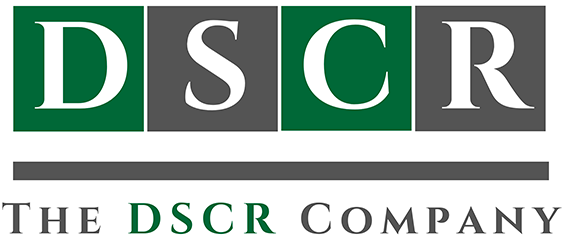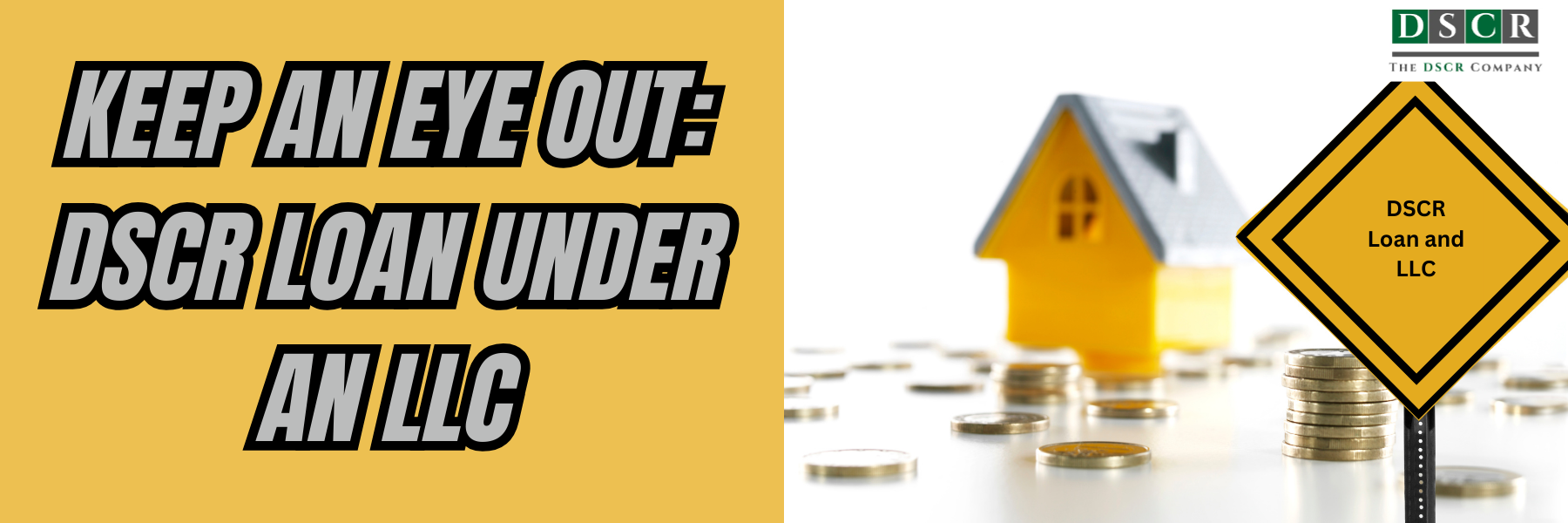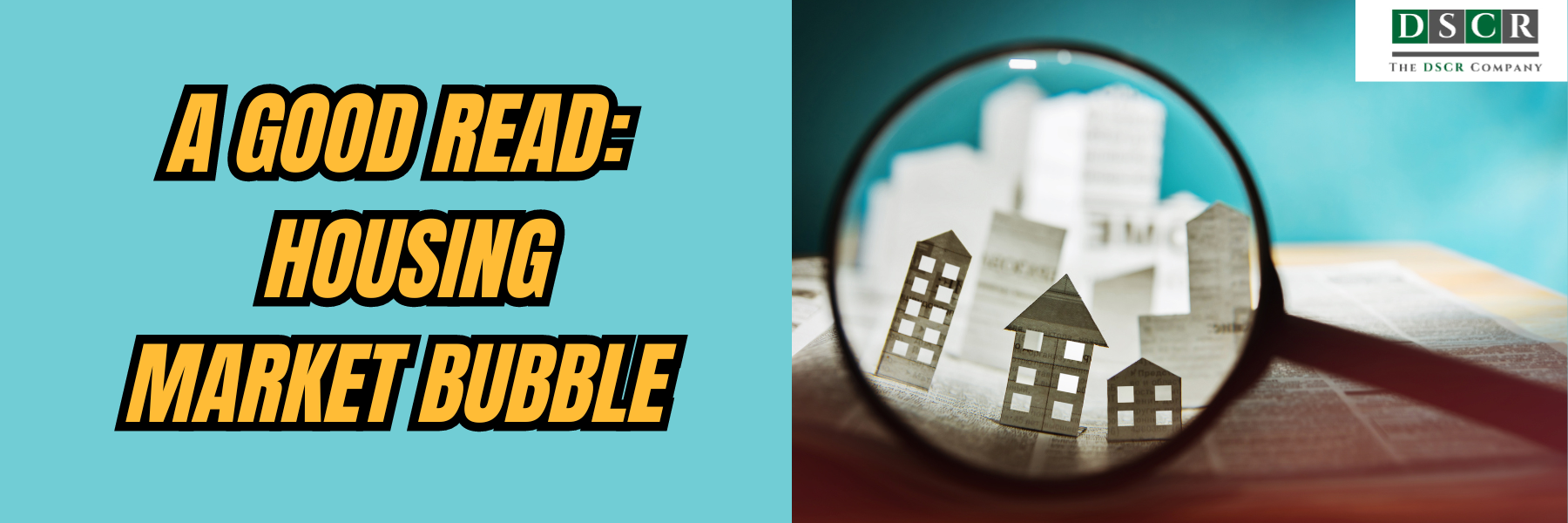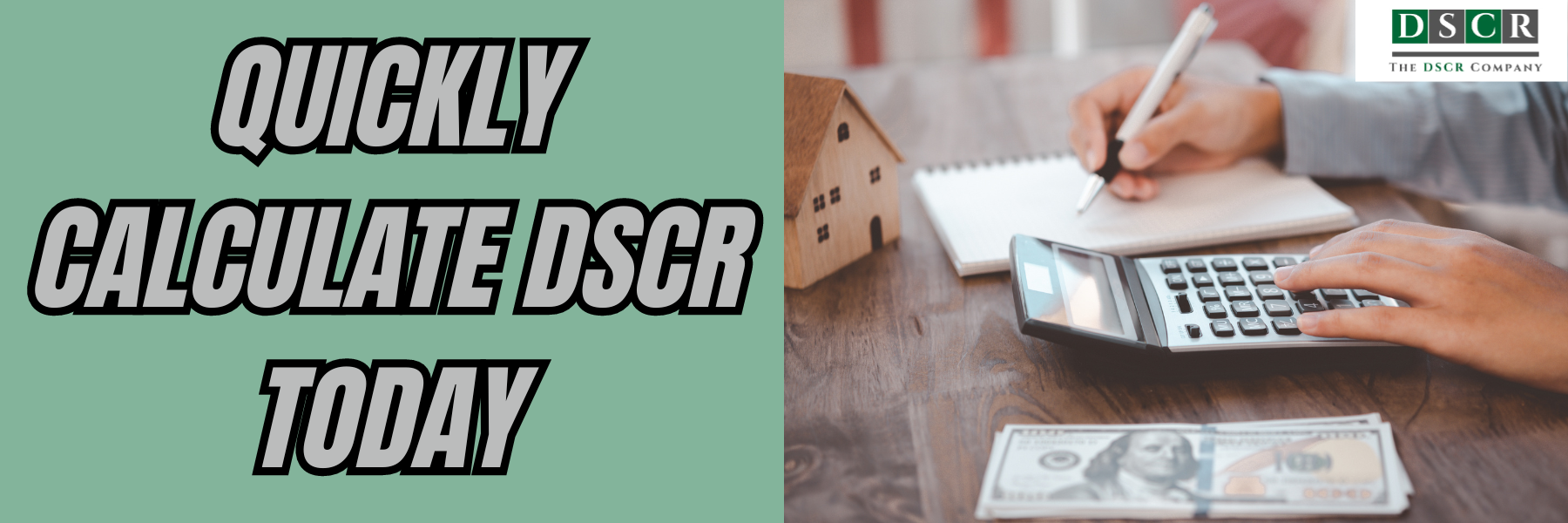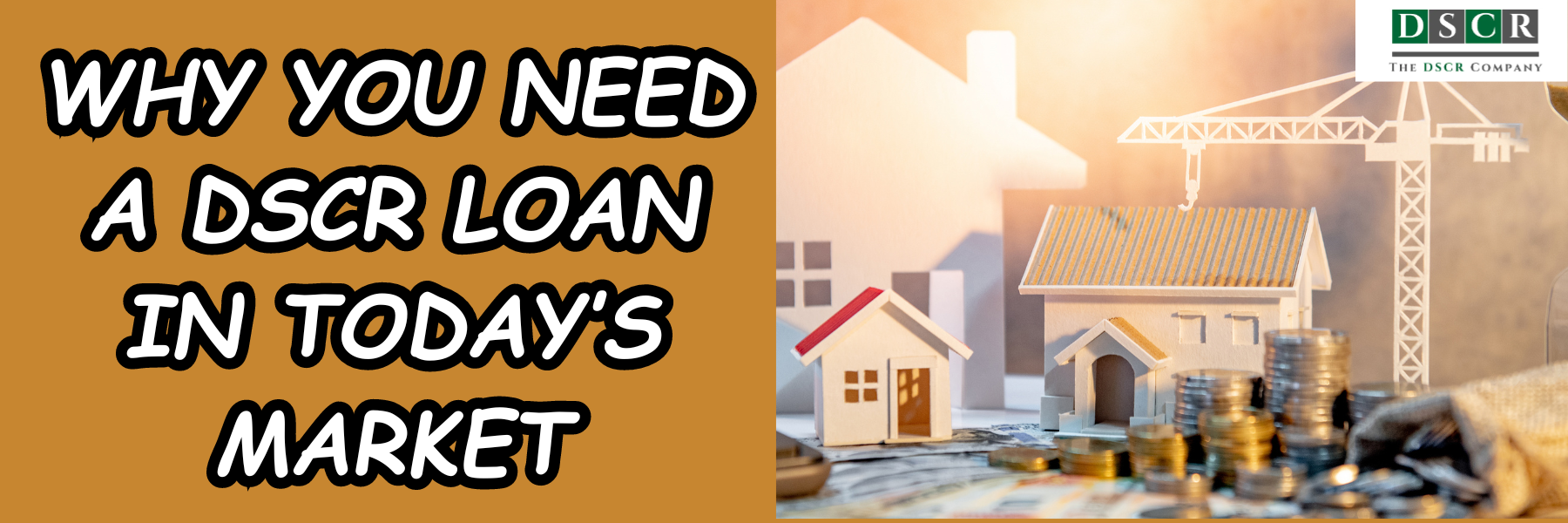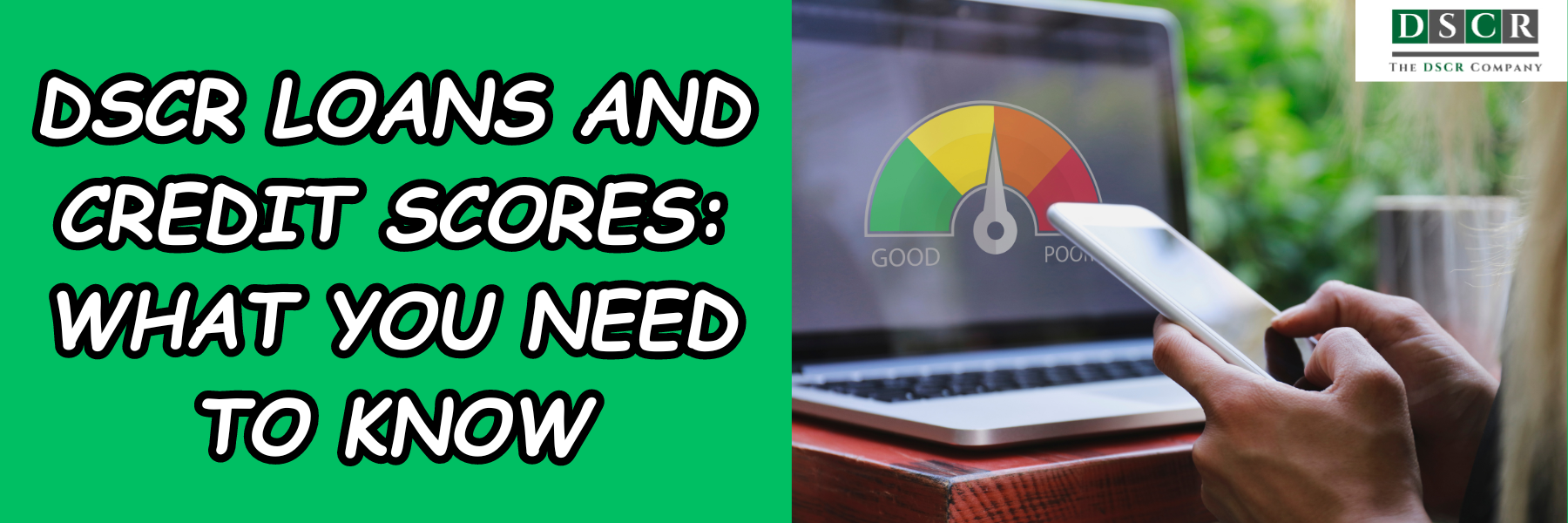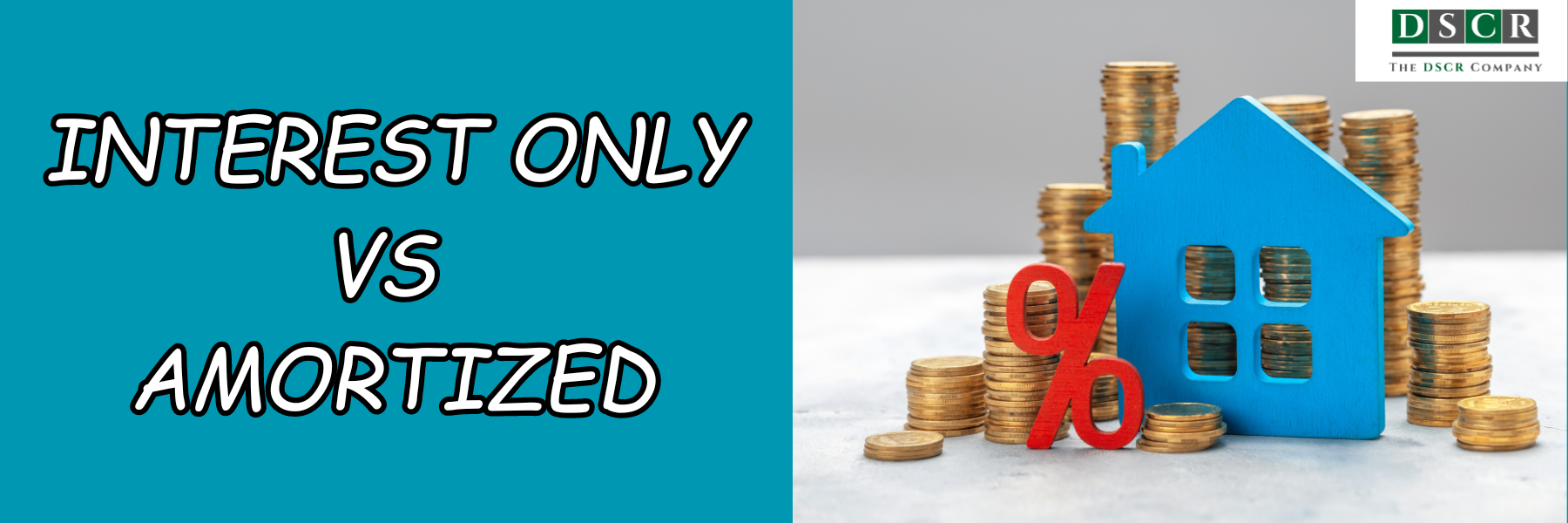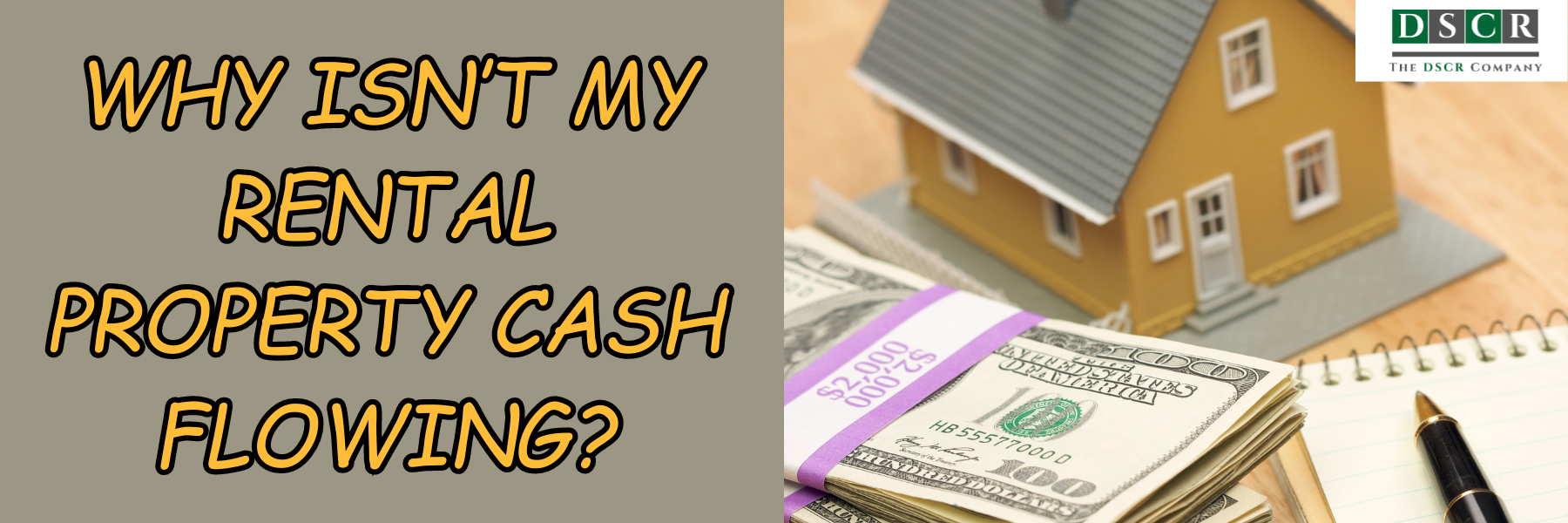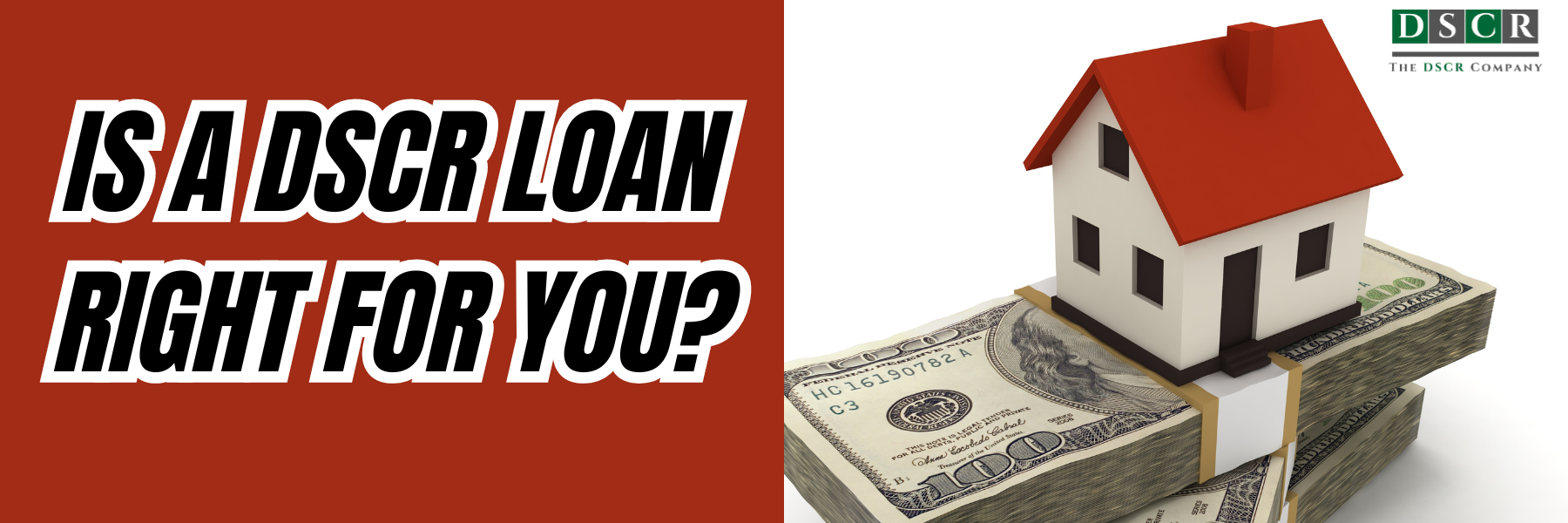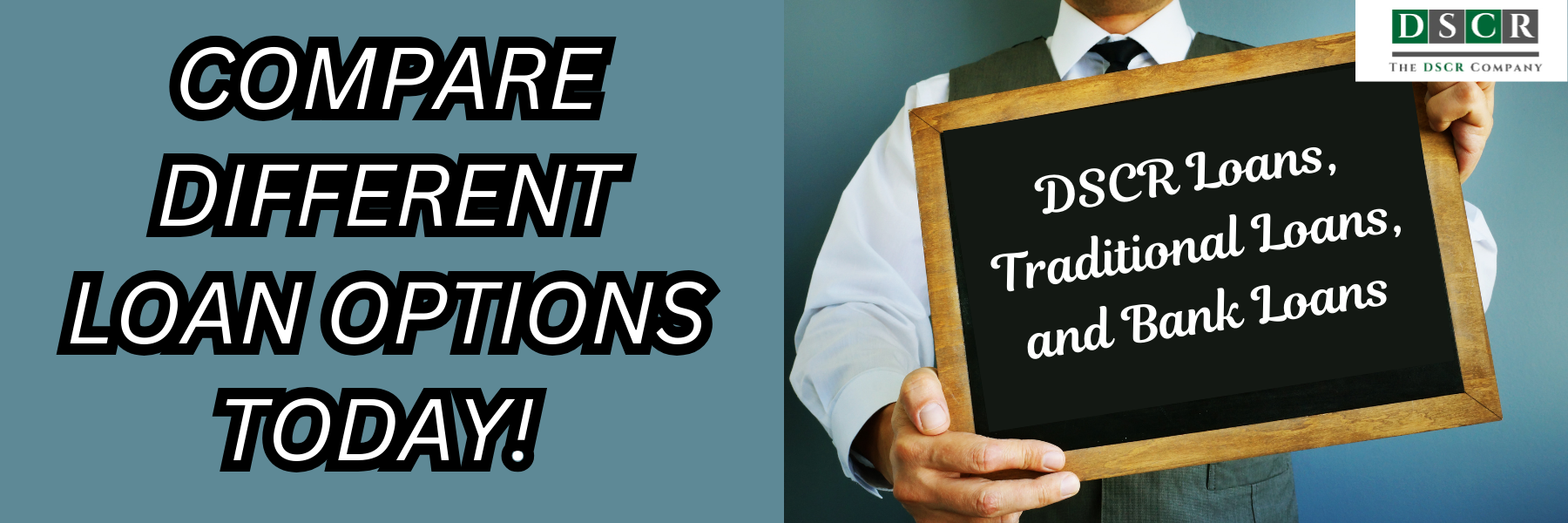How to Get Better Rates and Terms with Your DSCR Loan
Today we are going to discuss some things to keep an eye out for when applying for a DSCR loan under and LLC. Plus, we’ll share some tips on avoiding common pitfalls investors face when dealing with DSCR loans and LLCs. When you’re looking into a DSCR loan for your investment property, there are a few things you need to watch out for, especially if you’re holding the property under an LLC. Even small details, like who’s involved in your LLC, can make a big difference in your loan’s rate and terms.
The Importance of LLC Ownership and DSCR Loans
Owning your property under an LLC is great for DSCR loans, but you must be mindful of who is involved. In one case, a client who thought he was all set to get a great loan suddenly hit a major roadblock.
It turned out his partner owned 40% of the LLC, and the lender needed to consider the partner’s credit. Unfortunately, the partner’s score was even lower than the client’s, causing the rate to increase again.
Why does this happen? Lenders often require the credit checks of all LLC owners who hold a certain percentage of the company. In many cases, anyone owning 5% or more will have their credit checked. That means if someone in your LLC has a low score, it can drag down your chances of securing good loan terms.
How to Improve Your LLC for Better Rates and Terms
To avoid these issues, you need to carefully consider who is part of your LLC. Here are a few tips:
- Check everyone’s credit before applying for a DSCR loan. If someone has a low score, it could hurt your chances.
- Talk to your lender upfront. They can let you know if you’ll need to provide credit checks for all LLC members.
- Consider adjusting ownership. If one member’s credit is a problem, you could temporarily remove them from the LLC while securing the loan. This process can take time, but it may help you secure a better deal.
In Conclusion
Securing a DSCR loan while using an LLC can offer great benefits, but it’s important to pay attention to the details, especially when it comes to ownership and credit scores. By keeping an eye on your credit usage, checking your LLC partners’ credit, and talking to your lender upfront, you can avoid surprises and get the best possible rates and terms. With the right approach, you’ll set yourself up for success on your investment journey! If you have any questions, we’re here to help!
